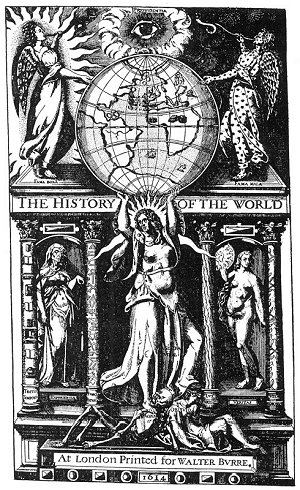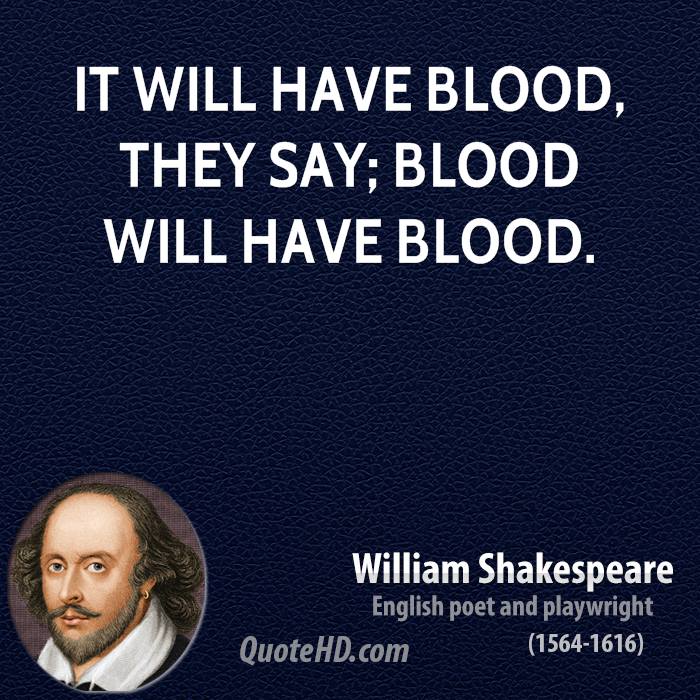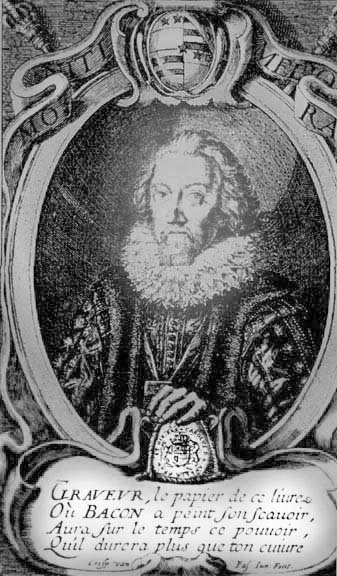The cryptic writings of Francis Bacon constitute one of the most powerful tangible elements in the mysteries of transcendentalism and symbolic philosophy. Apparently many years must yet pass before an uncomprehending world will appreciate the transcending genius of that mysterious man who wrote the Novum Organum, who sailed his little ship far out into the unexplored sea of learning through the Pillars of Hercules, and whose ideals for a new civilization are magnificently expressed in the Utopian dream of The New Atlantis. Was Sir Francis Bacon a second Prometheus? Did his great love for the people of the world and his pity for their ignorance cause him to bring the divine fire from heaven concealed within the contents of a printed page?
In all probability, the keys to the Baconian riddle will be found in classical mythology. He who understands the secret of the Seven-Rayed God will comprehend the method employed by Bacon to accomplish his monumental labor. Aliases were assumed by him in accordance with the attributes and order of the members of the planetary system. One of the least known–but most important–keys to the Baconian enigma is the Third, or 1637, Edition, published in Paris, of Les Images ou Tableaux de platte peinture des deux Philostrates sophistes grecs et les statues de Callistrate, by Blaise de Vigenere. The title page of this volume–which, as the name of the author when properly deciphered indicates, was written by or under the direction of Bacon or his secret society–is one mass of important Masonic or Rosicrucian symbols. On page 486 appears a plate entitled “Hercules Furieux,” showing a gigantic figure shaking a spear, the ground before him strewn with curious emblems. In his curious work, Das Bild des Speershüttlers die Lösung des Shakespeare-Rätsels, Alfred Freund attempts to explain the Baconian symbolism in the Philostrates. Bacon he reveals as the philosophical Hercules, whom time will establish as the true “Spear-Shaker” (Shakespeare).
TITLE PAGE OF THE FAMOUS FIRST EDITION OF SIR WALTER RALEGH’S HISTORY OF THE WORLD.
From Ralegh’s History of the World. What was the mysterious knowledge which Sir Walter Ralegh possessed and which was declared to be detrimental to the British government? Why was he executed when the charges against him could not be proved? Was he a member of me of those feared and hated secret societies which nearly overthrew political and religious Europe during the sixteenth and seventeenth centuries? Was Sir Walter Ralegh an important factor in the Bacon-Shakespeare-Rosicrucian-Masonic enigma? By those seeking the keys to this great controversy, he seems to have been almost entirely overlooked. His contemporaries are unanimous in their praise of his remarkable intellect, and he has long been considered me of Britain’s most brilliant sons.
Sir Walter Ralegh–soldier, courtier, statesman, writer, poet, philosopher, and explorer–was a scintillating figure at the court of Queen Elizabeth. Upon this same man, King James–after the death of Elizabeth–heaped every indignity within his power. The cowardly James, who shuddered at the mention of weapons and cried like a child when he was crossed, was insanely jealous of the brilliant courtier. Ralegh’s enemies, Playing upon the king’s weakness, did not cease their relentless persecution until Ralegh had been hanged and his decapitated, quartered, and disemboweled body lay at their feet.
The title page reproduced above was used by Ralegh’s political foes as a powerful weapon against him. They convinced James I that the face of the central figure upholding the globe was a caricature of his own, and the enraged king ordered every copy of the engraving destroyed. But a few copies escaped the royal wrath; consequently the plate is extremely rare. The engraving is a mass Rosicrucian and Masonic symbols, and the figures on the columns in all probability conceal a cryptogram. More significant still is the fact that the page facing this plate is a headpiece identical with that used in the 1623 Folio of “Shakespeare” and also in Bacon’s Novum Organum.
Next: The Cryptogram as a factor in Symbolic Philosophy
Index

Moe is the founder of GnosticWarrior.com. He is a father, husband, author, martial arts black belt, and an expert in Gnosticism, the occult, and esotericism.





![How the South Saxons received Eadbert and Eolla, and the West Saxons, Daniel and Aldhelm, for their bishops; and of the writings of the same Aldhelm [705 A.D.] | Book 5 | Chapter 17 How the South Saxons received Eadbert and Eolla, and the West Saxons, Daniel and Aldhelm, for their bishops; and of the writings of the same Aldhelm [705 A.D.] | Book 5 | Chapter 17](https://www.gnosticwarrior.com/wp-content/plugins/contextual-related-posts/default.png)